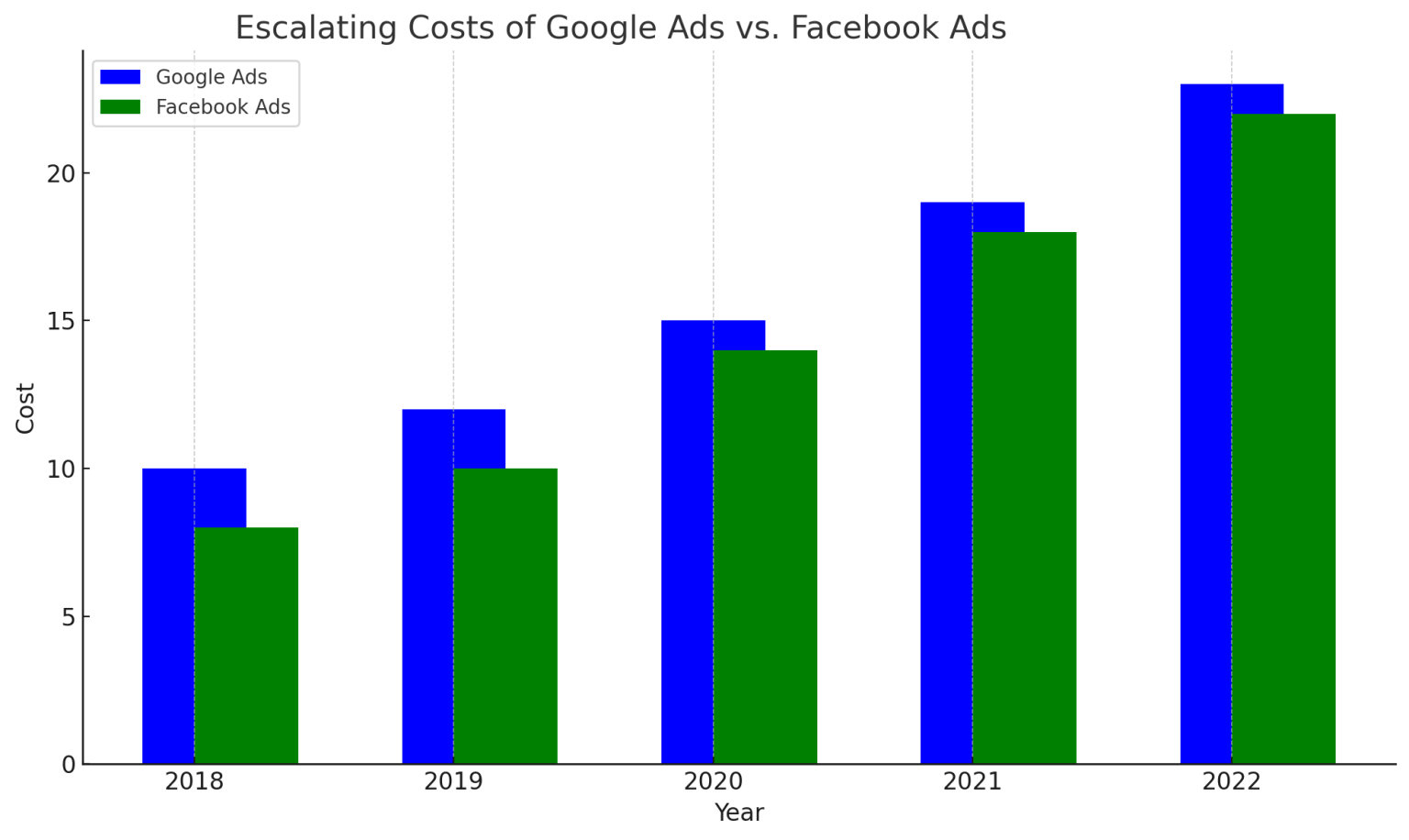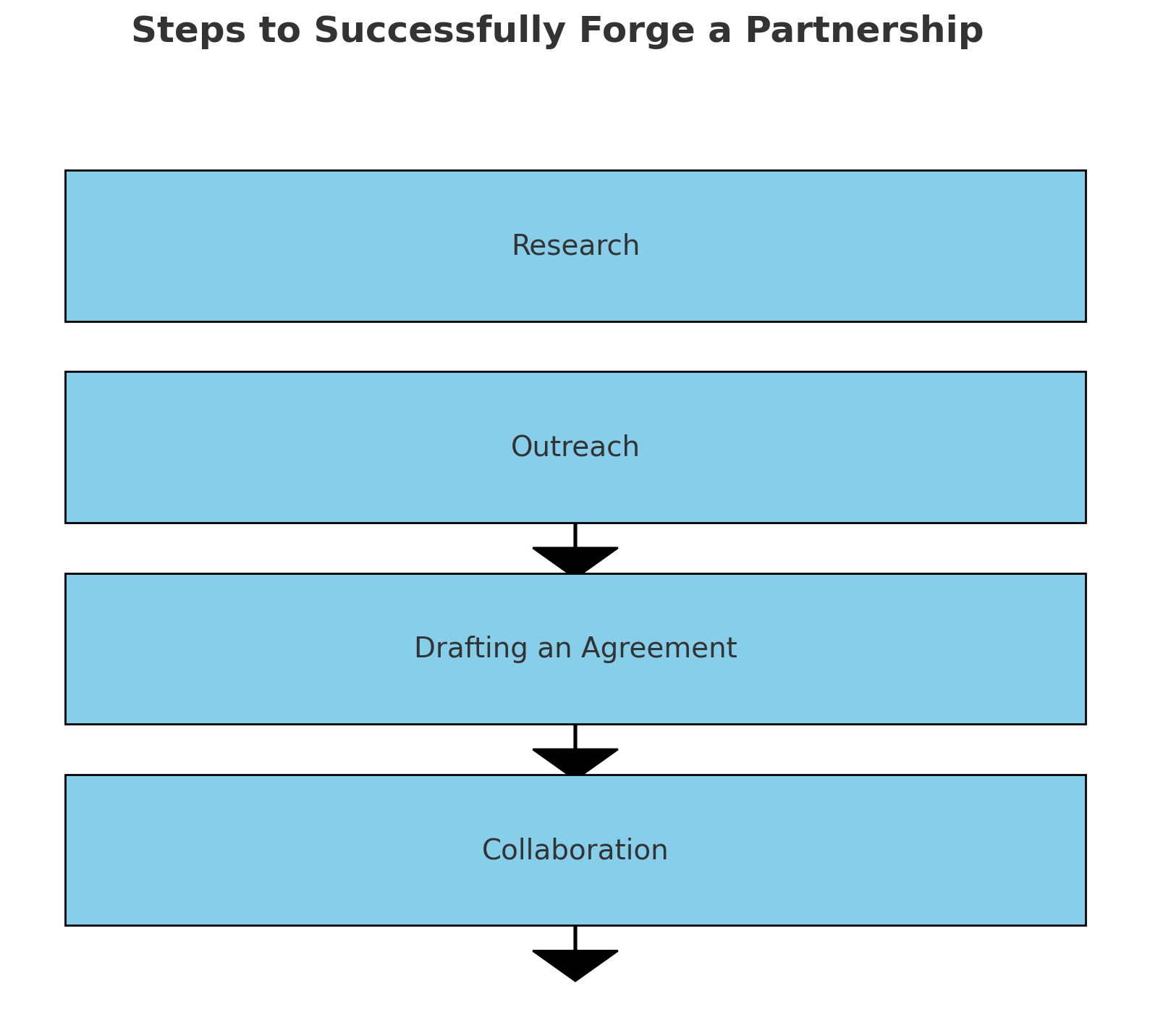How To Create Partnerships With Other Companies
Category advertising

Posted by Wei T.
Growth Marketing Expert
In an ever-evolving business landscape, the road to success often lies not in solitary efforts, but in the power of collaboration.
Partnerships have emerged as a strategic tool for businesses aiming to expand their reach, diversify their offerings, and share resources for collective growth.
More than just a buzzword, partnerships offer companies the chance to elevate their services, tap into new audiences, and combine expertise for a more robust market presence.
As we journey through this piece, we'll explore the essence of partnerships and the compelling reasons driving businesses towards them.
Dive into the world of partnerships with us and discover how your business can thrive amidst contemporary challenges.
The Growing Trend of Business Partnerships
Current Business Landscape
The modern business world is characterized by swift technological advancements, changing consumer preferences, and a hyper-competitive environment.
Today's companies face the challenges of standing out in crowded markets and continually adapting to an ever-shifting landscape.
In this tumultuous setting, partnerships offer a beacon of hope, a means to share the weight of innovation and risk, providing an edge that many businesses seek.
Rising Costs of Conventional Ads

Here's a bar graph depicting the escalating costs of Google Ads and Facebook Ads over the years. The blue bars represent Google Ads, while the green bars are for Facebook Ads.
However, a significant factor propelling businesses toward partnerships is the spiraling costs associated with conventional advertising platforms, notably Google Ads and Facebook Ads.
| Advertising Platform | Challenges |
|---|---|
| Google Ads | - Intense competition driving costs up. |
| - Limited reach for niche sectors. | |
| Facebook Ads | - Escalating prices due to high demand. |
| - Algorithm changes affecting visibility. |
With increasing competition, prices for these ad spaces have surged dramatically, posing numerous challenges:

The pie chart above visually represents the challenges faced by businesses due to the increasing costs of advertising platforms.
- Budget Strain: Small to mid-sized businesses, often operating with constrained advertising budgets, find it increasingly hard to compete.
- Diminishing Returns: As prices escalate, many businesses experience a decline in return on investment, particularly in saturated sectors.
- Diversification Need: With the cost of single-platform advertising growing, there's a pressing need for businesses to diversify their promotional strategies.
Given these challenges, it's evident why partnerships have become an appealing alternative.
By pooling resources, sharing audiences, and leveraging joint promotional efforts, partnerships offer businesses a respite from the financial drain of conventional advertising, while still ensuring brand visibility and growth.
For those interested in a deeper exploration of the synergy and success stories of business partnerships, I highly recommend diving into the Power of Collaboration article on CrossyShop.
Benefits of Creating Partnerships
Establishing a partnership isn't just about joining forces; it's about tapping into a myriad of advantages that come with mutual collaboration. Let's delve into the myriad benefits businesses can accrue from well-strategized partnerships:

- Expanding Market Reach: Partnerships can introduce your brand to a new audience, expanding your customer base beyond its current confines. Collaborate with a complementary business, and watch as their customers become familiarized with your offerings.
- Pooling Resources: Two heads are better than one, and the same goes for resources. By pooling financial, technological, and human resources, partnerships can often achieve more substantial outcomes, more efficiently.
- Diversifying Offerings: A partnership can fill gaps in your product or service lineup. By offering more to your customers through collaboration, you can cater to a broader range of their needs, increasing loyalty and retention.
- Enhancing Brand Reputation: Aligning with a respected company can boost your brand's credibility. Such associations can uplift your reputation, making customers more trusting of what you have to offer.
In essence, partnerships can be the propellant that takes businesses to the next level of success, cementing their position in competitive marketplaces.
Steps to Successfully Forge a Partnership

Starting a partnership can be a daunting endeavor. To ensure it's a productive alliance, one must follow a structured approach:
- Identify Potential Partners: Research businesses that align with your ethos, goals, and customer base. Compatibility is crucial.
- Open Dialogue: Approach potential partners with an open dialogue. Discuss your vision, the benefits of collaborating, and how you can jointly address challenges.
- Draft a Partnership Agreement: Clearly outline roles, responsibilities, profit-sharing, and other logistics in a documented agreement.
- Review and Reevaluate: Regularly assess the partnership's progress, making adjustments as necessary. Flexibility can be the key to a long-standing alliance.
Partnerships are akin to marriages in the business world. With mutual respect, trust, and understanding, they can pave the way for unparalleled growth and success.
Conclusion
In an era where standing out is paramount, partnerships offer businesses the unique advantage of collaborative growth. From sharing resources to tapping into new markets, the benefits of forging alliances are manifold.
For businesses ready to move beyond conventional approaches and embrace the future, partnerships are not just an option; they are a necessity.
To learn more about the power of partnerships and collaboration, check out the plethora of resources available on CrossyShop's dedicated page.